The fight against climate change is real.
There’s 42 per cent more carbon dioxide floating around in the atmosphere today than before the Industrial Revolution reared its ugly head. Without serious change, those numbers are only going to get worse. With climbing temperatures, we risk experiencing more and more intense floods, wildfires, droughts as well as a spike in extinction in wild species.
Luckily, there are solutions we can put in place to help the planet. You’ve probably heard of many. But today, we’re taking a look at four surprising heroes in the fight against climate change! Seriously, be prepared for your jaw to drop.
The Soil
 Did you know that the soil is a fantastic resource in the fight against climate change? It’s true. Soil, particularly the kind made up of decomposing plants, animal and microbial tissue, will gladly suck up carbon and store it right in the ground. Take that climate change! Moreover, the stored carbon actually helps to nourish plants and improves its ability to hold more water too. It’s a win win!
Did you know that the soil is a fantastic resource in the fight against climate change? It’s true. Soil, particularly the kind made up of decomposing plants, animal and microbial tissue, will gladly suck up carbon and store it right in the ground. Take that climate change! Moreover, the stored carbon actually helps to nourish plants and improves its ability to hold more water too. It’s a win win!
Sharks
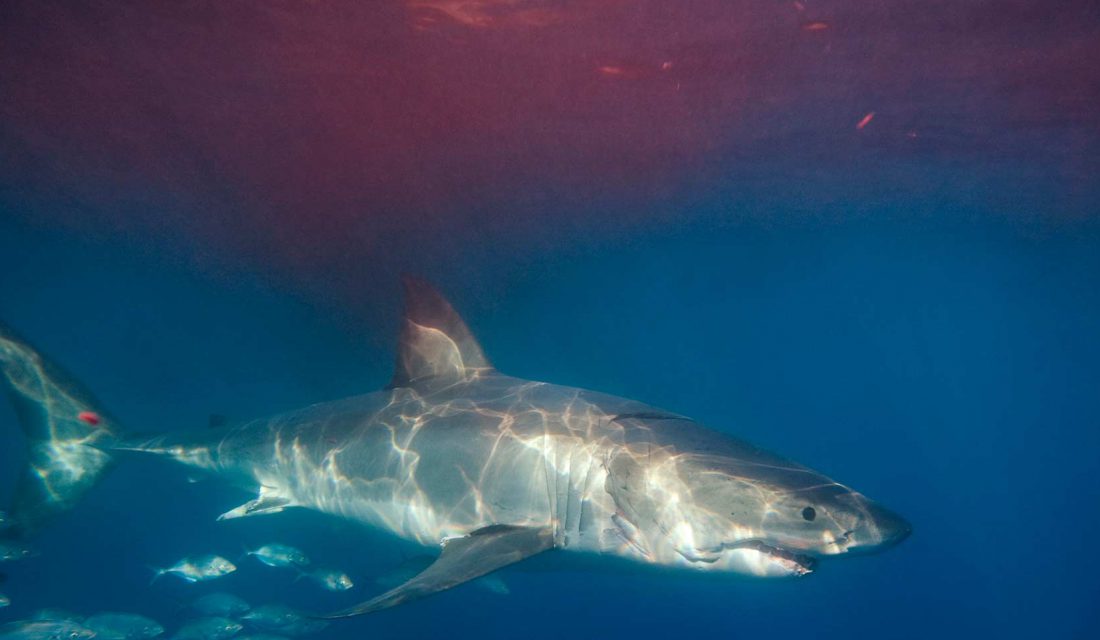 These predators have been touted as villains for ages, but it turns out they might be essential in the fight against climate change. Researchers at Bournemouth University discovered that when top predators in the ocean are taken out of the equation by overfishing or other human activity, prey animals flourish. Now that might be great if you’re a little fish. But the more prey animals you’ve got swimming under the sea, the more breathing occurs in the water. And the more breathing that occurs in the water? That’s right. The higher the carbon dioxide. That’s why you need top predators like sharks (and whales for that matter!!) to not only keep certain prey species in check, but keep carbon dioxide levels in the oceans in check too.
These predators have been touted as villains for ages, but it turns out they might be essential in the fight against climate change. Researchers at Bournemouth University discovered that when top predators in the ocean are taken out of the equation by overfishing or other human activity, prey animals flourish. Now that might be great if you’re a little fish. But the more prey animals you’ve got swimming under the sea, the more breathing occurs in the water. And the more breathing that occurs in the water? That’s right. The higher the carbon dioxide. That’s why you need top predators like sharks (and whales for that matter!!) to not only keep certain prey species in check, but keep carbon dioxide levels in the oceans in check too.
Urban Spaces
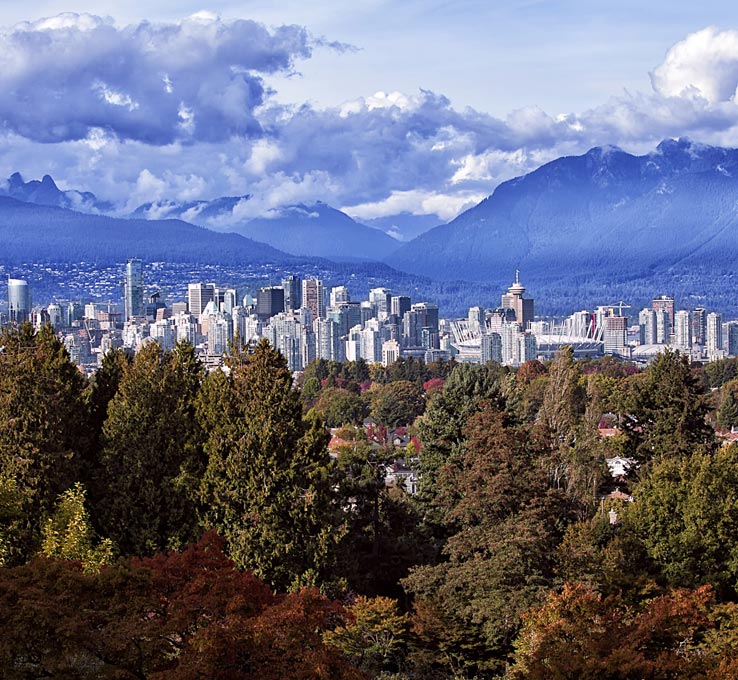 As more and more species move further north thanks to climate change, they could be relying on your backyard as a place of refuge. Even if your garden is in dire need of an overhaul, some wild animals could find it just the thing that gets them through. Researchers at Tuft University found that wildlife move quicker through low quality habitat.
As more and more species move further north thanks to climate change, they could be relying on your backyard as a place of refuge. Even if your garden is in dire need of an overhaul, some wild animals could find it just the thing that gets them through. Researchers at Tuft University found that wildlife move quicker through low quality habitat.
What is low quality habitat? These are places where animals are able to get by but they still don’t have all the things they’d need to stick around too long (for example, they wouldn’t want to raise their young and grow old there). Basically, animals will use these areas to move through before they find better habitat. But researchers also state that the more we can swap lawns for wild gardens, the better the chance to conserve the wild species affected by climate change.
Ready to improve your green thumb? Sign up for our Gardening for Wildlife Course!
Beavers
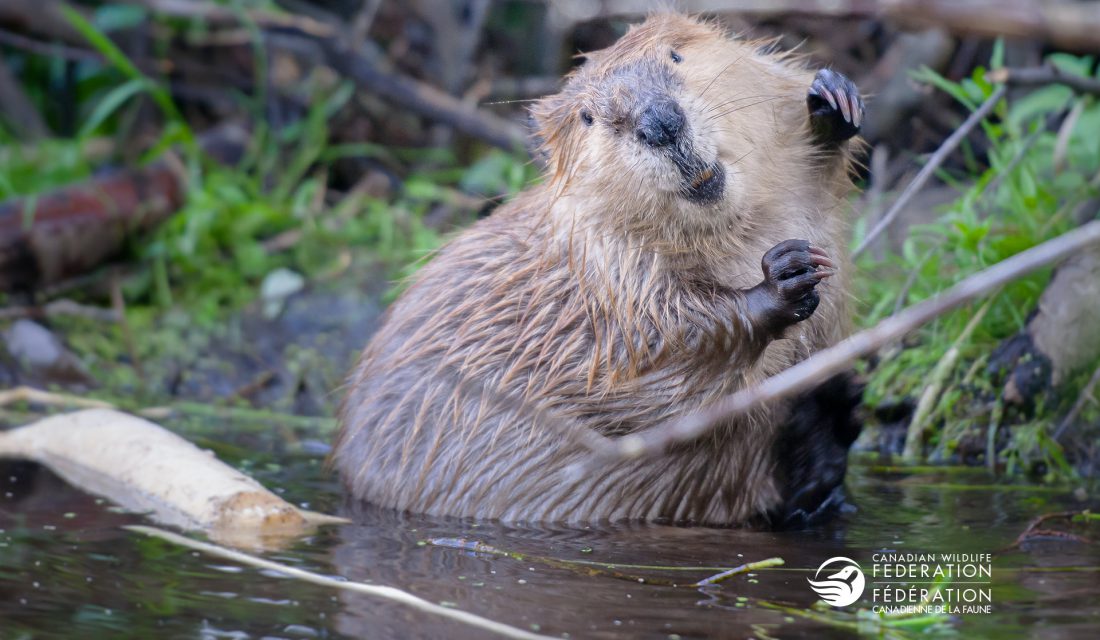 Whoever would have thought that these resourceful mammals might be a key to the survival of at-risk amphibians? According to researchers at Washington State University, beaver dams have proven critical in helping Red-legged Frogs and Northwestern Salamanders to survive the brutal effects of climate change.
Whoever would have thought that these resourceful mammals might be a key to the survival of at-risk amphibians? According to researchers at Washington State University, beaver dams have proven critical in helping Red-legged Frogs and Northwestern Salamanders to survive the brutal effects of climate change.
These amphibians grow slowly. Unfortunately, climate change is creating drier summers and many wetlands are drying up too quickly, causing havoc in the lives of these creatures. You see, they need time to breed. And time is certainly not on their side.
Luckily for them, beavers are. Wetlands that have beaver dams in them are able to support these species by creating pools of water where the amphibians can reproduce at their own pace. Washington State University researchers studied 49 sites in the Gifford Pinchot National Forest of the Cascade Range. Some of these sites had beaver dams and others did not. What they found was astounding. The sites that had beaver dams had 2.7 times more amphibians than the sites without the dams!

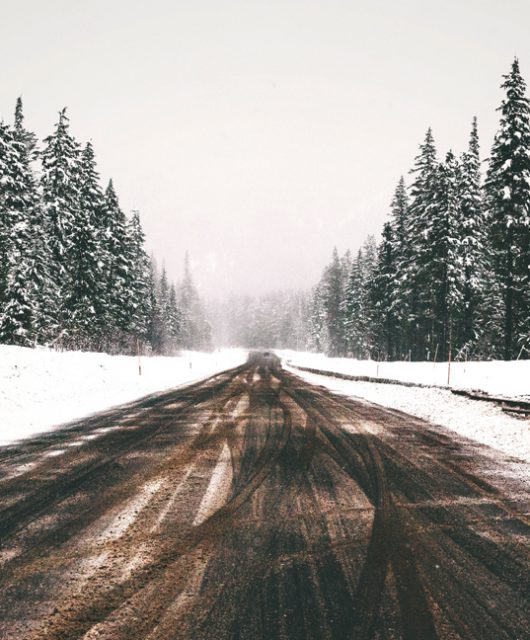
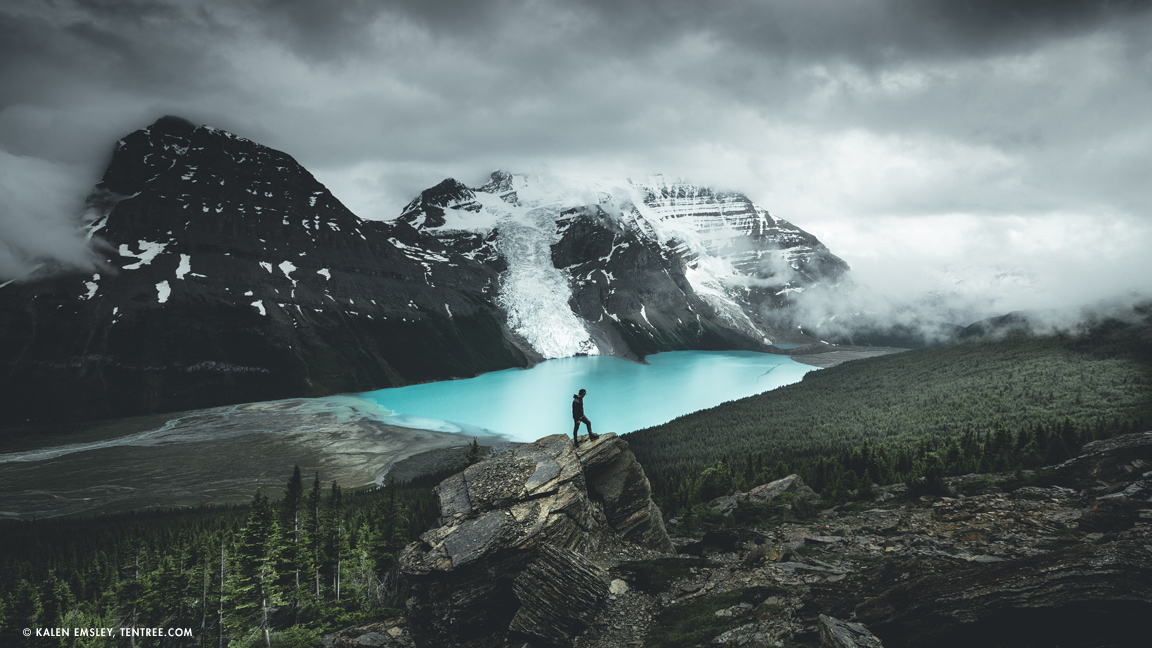
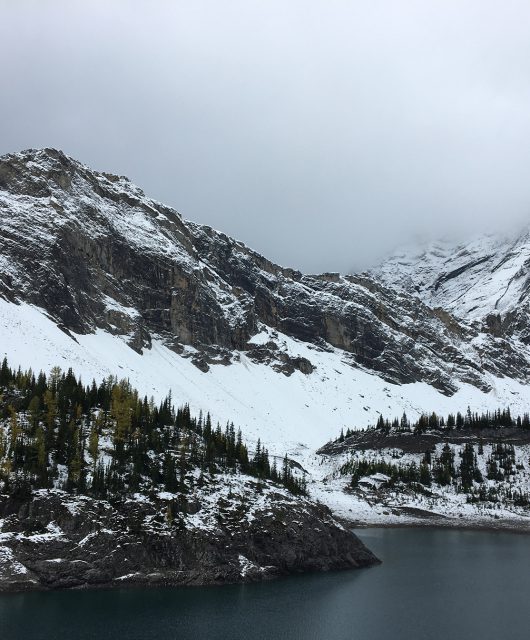
2 comments
We are always looking for reasons to appreciate beavers since they take down so many trees and radically change the landscape. So, thanks for the reminder of how they help amphibians!
That is amazing! Nature knows how to take care if itself. It has many checks to keep the balance.